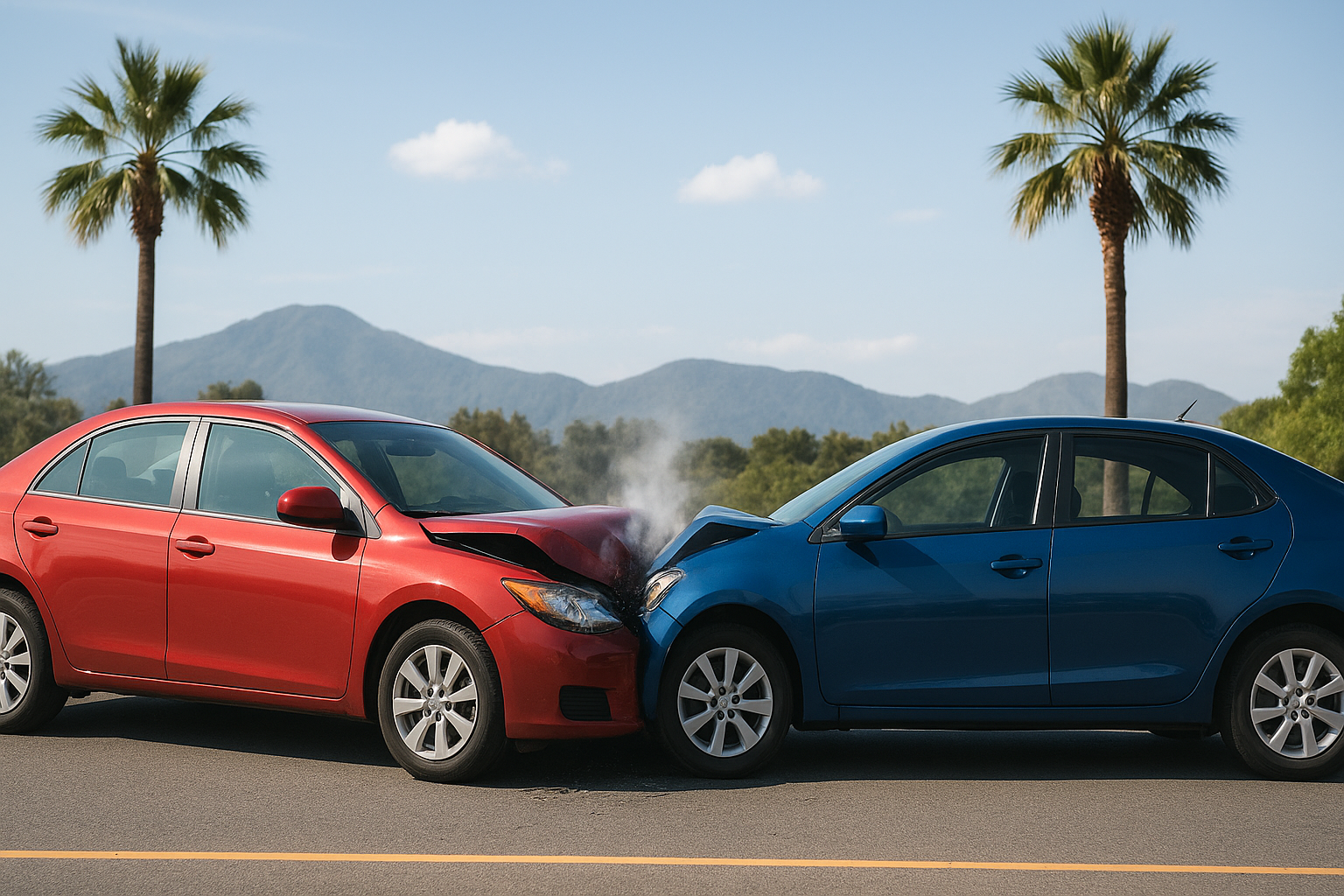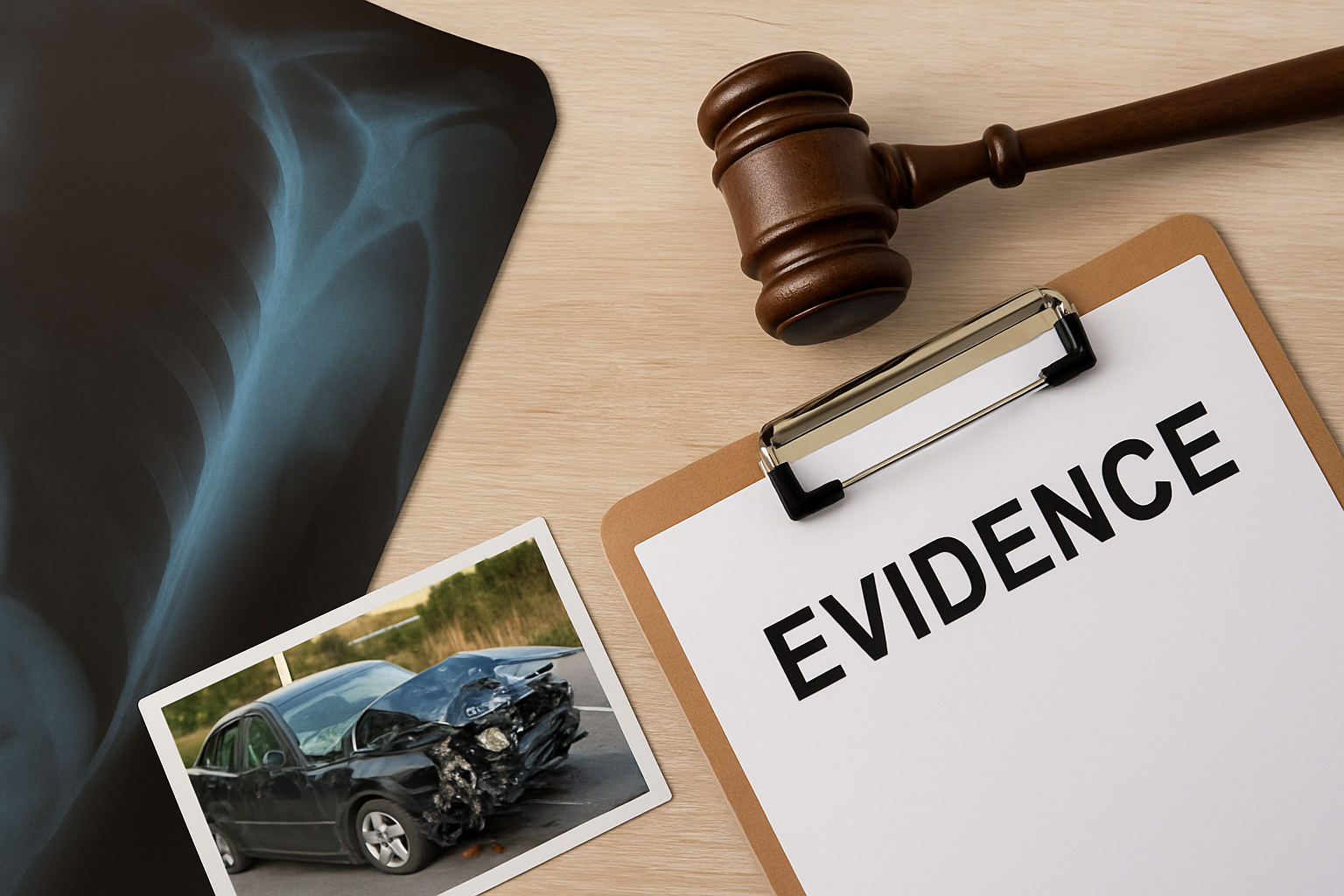Understanding liability after an accident can be overwhelming, especially when fault is shared. California’s comparative fault rules explained in this blog will help you understand how these laws impact your case and compensation. Many injury claims involve more than one party contributing to an accident, which makes it essential to know how California applies its comparative negligence system.
What is comparative fault in California?
Comparative fault, also known as comparative negligence, is a legal doctrine that determines how much each party involved in an accident is financially responsible based on their percentage of fault.
California follows a pure comparative negligence model. This means that even if you are 99% at fault, you can still recover 1% of your damages. While this may sound generous, it also allows defendants and insurance companies to argue that you bear a larger share of responsibility in order to minimize what they owe. That makes it critical to have strong evidence supporting your side of the story.
To better understand how California’s pure comparative negligence system works, it helps to compare it with the modified approach used in many other states:
| Feature | Pure Comparative Negligence (California) | Modified Comparative Negligence (Other States) |
|---|---|---|
| Recovery if 50% at fault | Yes, reduced by 50% | Sometimes barred if 50% or more at fault |
| Recovery if 99% at fault | Yes, 1% recovery | No recovery allowed |
| Plaintiff advantage | Can always recover something | May be barred from recovery |
How fault is determined
Fault isn’t assigned arbitrarily; it is based on the evidence collected and the legal standards that apply. Insurance companies or attorneys will begin by reviewing the police report, witness statements, and any photographs or video from the accident scene. These materials help establish who did what, when, and how.
Medical records and expert testimony are equally important. A medical record can show how the injuries align with one party’s actions, and an expert, such as a crash‐reconstruction specialist, can explain complex mechanics of the accident (e.g. speed, braking, angle of impact).
Both sides in a claim will present their version of events and argue how fault should be split. If the case proceeds to trial, a judge or jury will weigh each side’s evidence. They’ll assign a percentage of fault to each party based on what seems most credible.
Because fault percentages materially affect how much compensation you receive, even small nuances in the evidence or arguments may shift the balance. That is why precision and a strong case presentation are essential.
Learn More: What Happens If You’re Partially at Fault in California?
Impact of comparative fault on damages
Comparative fault directly reduces the amount you can recover. For instance, if the court awards you $100,000 in damages but you are found 30 percent at fault, your recoverable amount drops to $70,000. The formula is simple: award minus your percentage of fault.
Even if you are significantly at fault, you are not barred from recovery under California’s pure comparative negligence approach. You still recover the portion that remains after your share is deducted.
That said, the difference between a 10 percent fault versus a 25 percent fault can be large in dollar terms. For claimants, that means minimizing fault is a key objective during negotiation, mediation, or trial. The less you are held responsible, the more you keep.

Common scenarios where comparative fault applies
Comparative fault comes into play in a variety of personal injury cases, including:
- Car accidents: Car crashes are one of the most common cases where comparative fault applies. Speeding, distracted driving, and failure to yield are often shared mistakes.
- Slip and fall accidents: Property owners may argue that the victim wasn’t paying attention or ignored warning signs. Comparative fault allows damages to be reduced in these claims.
- Workplace accidents: Even when safety violations exist, employers may argue that the employee contributed to their injuries. California law still allows partial recovery.
Steps to protect your rights
To protect your claim under California’s comparative negligence laws, it’s important to:
- Get medical attention right away: See a doctor immediately, even if injuries seem minor. This creates a clear record linking your injuries to the accident.
- Document the scene and injuries: Take photos or videos of the accident site, vehicles, hazards, and your injuries. Keep damaged items as evidence.
- Collect witness information: Ask witnesses for their contact details and a short statement of what they saw. Their accounts can support your claim.
- File an official report: Report the accident to police, property management, or your employer, and obtain a copy. Official records carry weight in fault decisions.
- Be cautious with insurers: Do not admit fault or give detailed statements to insurance adjusters without legal advice. Stick to basic facts.
- Contact an attorney quickly: A lawyer can preserve evidence, handle insurers, and ensure your rights are protected under California’s comparative fault rules.
Learn More: What to Do After a Car Accident in LA
Why legal representation matters
Dealing with insurance companies and fault arguments can be overwhelming, especially when you are still recovering from an injury. Having a skilled attorney ensures that you do not get pressured into accepting an unfair settlement. Lawyers know the strategies insurers use to shift blame and can push back with evidence and strong legal arguments.
An attorney also makes sure that the right evidence is gathered and preserved. This includes accident reports, medical records, witness statements, and expert opinions. Without legal help, crucial details might be overlooked, making it easier for the opposing side to increase your share of fault.
Beyond evidence, legal representation brings experience in negotiations and, if necessary, trial advocacy. Attorneys understand how juries think about fault percentages and how to present your case in the most favorable light. With professional guidance, you are far more likely to secure the full compensation you deserve.
Partnering with Knapp Moss for clarity and results
California’s comparative fault rules explained above show how fault can affect compensation, but with the right strategy, you can still recover damages even if you share responsibility. These laws aim to ensure fairness but also create complexity when fault is contested.
That’s why it’s important to have guidance. At Knapp Moss, our experienced team can help you navigate the legal process, build a strong case, and fight for the compensation you deserve.
Contact us today for a free consultation.
Frequently Asked Questions
Yes. California’s pure comparative negligence system allows recovery even if you are 99 percent at fault, though your compensation will be reduced.
Fault is typically determined by insurance adjusters during settlement negotiations or by a judge or jury if the case goes to trial.
Comparative fault applies to most personal injury cases, including car accidents, slip and falls, and pedestrian accidents, among others.




